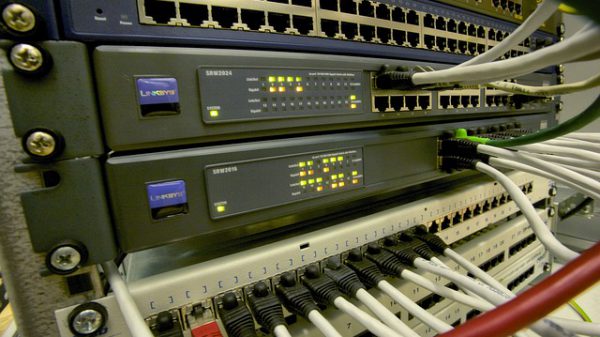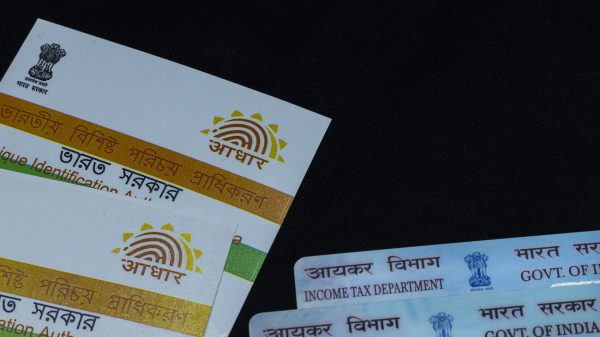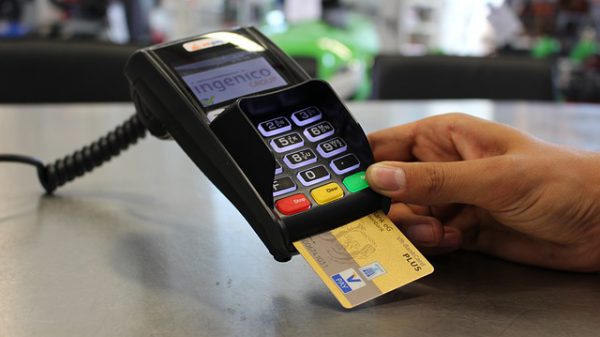We missed this earlier.
A technical policy paper authored by researchers at global card network Visa Inc. has proposed a common protocol that can be used by regulators, payments companies and banks to track and validate offline retail payments. The paper was submitted on December 14, 2020.
While the Reserve Bank of India (RBI) has not iterated a policy stance on Central Bank Digital Currencies (CBDCs) and crypto currencies, it has been pushing the payments industry and banks to work on offline digital payments solutions, particularly for consumers and merchants in areas with poor internet connectivity. In August this year, the RBI issued guidelines to payment system operators allowing them to launch pilot programs for small value offline payments. In November last year, the RBI authorised two companies under its Regulatory Sandbox to begin testing their offline payments solutions on a limited scale.
In December, the central bank allowed four more entities under the sandbox to begin testing their offline retail payments solutions. Further, the the National Payments Corporation of India (NPCI) last month launched an offline contactless payments feature for RuPay cardholders.
“Digital payments traditionally rely on online communications with several intermediaries such as banks, payment networks, and payment processors in order to authorize and process payment trans-actions. While these communication networks are designed to be highly available with continuous uptime, there may be times when an end-user experiences little or no access to network connectivity,” the paper authored by researchers at Visa says. The paper recommends a two-tier system for offline digital payments in light of the growing popularity of a Central Bank-backed Digital Currency (CBDC) among the world’s leading central banks.
Transparency at the core for offline payments
While the paper mainly focuses on creating a two-tier infrastructure for wallet players, payments companies, banks and central banks to use when it comes to CBDCs, the card networks’ proposal for an offline payments protocol could be very useful to Indian companies and regulators for regular Rupee-based payments. The protocol recommended is as follows:
- Receiver of the payment sends a request to the sender
- This request contains the payment amount and a digital certificate of the receiver
- The protocol checks the senders’ account balance
- Once both the certificate and account balance are verified, the protocol deducts the amount from the senders’ account
- It then sends a payment confirmation, with the amount, certificates of the receiver and sender, the payment counter and signature
- Once the receiver checks if the payment is valid, they can provide a confirmation through the protocol
- The protocol will then complete the transaction
Such a protocol, with digitally embedded certificates on both the payment receiver and senders’ end, helps in transparency in the following ways:
- The receiver can check if the payment is valid, the amount is available and that the sender is an authorised entity
- Double-spending can be avoided as the receiver can maintain digital logs of all offline transactions
- The payment counter ensures that one payment confirmation is not used for another
- Every payment confirmation that is generated by the protocol is unique, and cannot be modified
- By signing the payment confirmation and providing certificates, the authenticity of a payment and the parties involved can be guaranteed
By making the protocol dependent on hardware devices, which could include smartphones, Point-of-Sale devices or tablets, researchers have Visa want to ensure security, authenticity and transparency of transactions are the top priority.
“One important design feature for CBDC that can be developed under this hierarchical trust infrastructure is an offline capability to create secure point-to-point offline payments through the use of authorized hardware. An offline capability for CBDC as digital cash can create a resilient payment system for consumers and businesses to transact in any situation,” the paper says.
Also read:



















